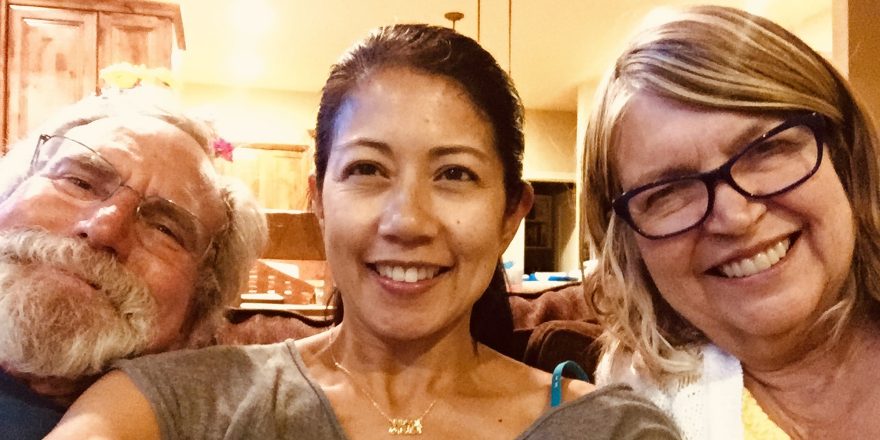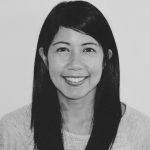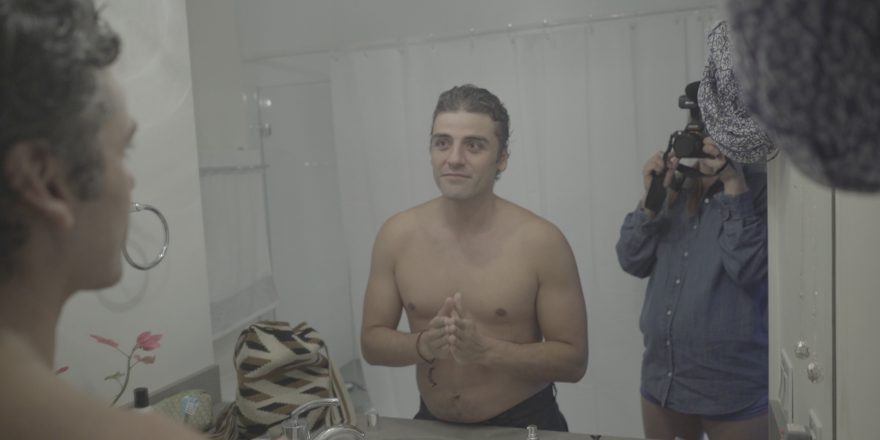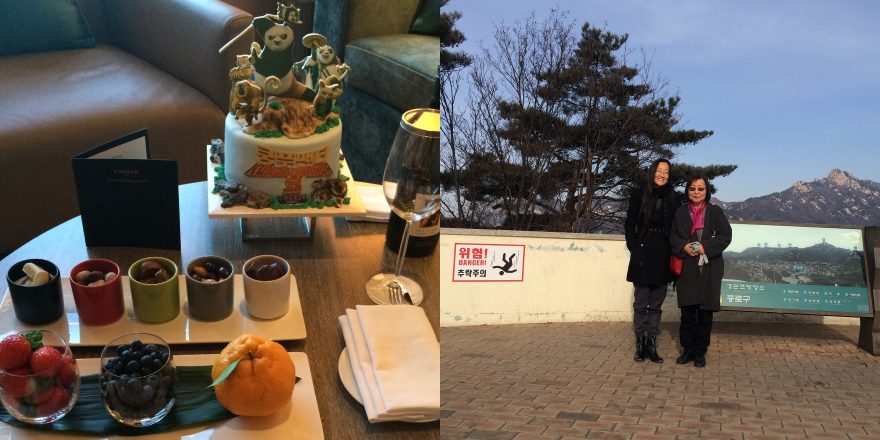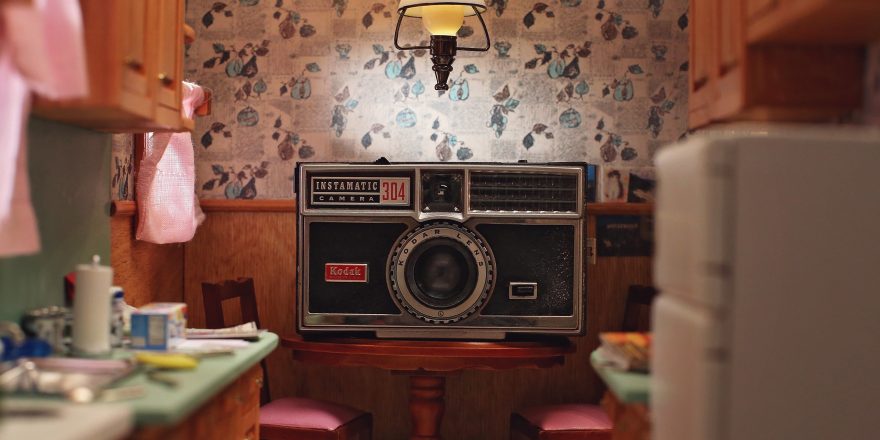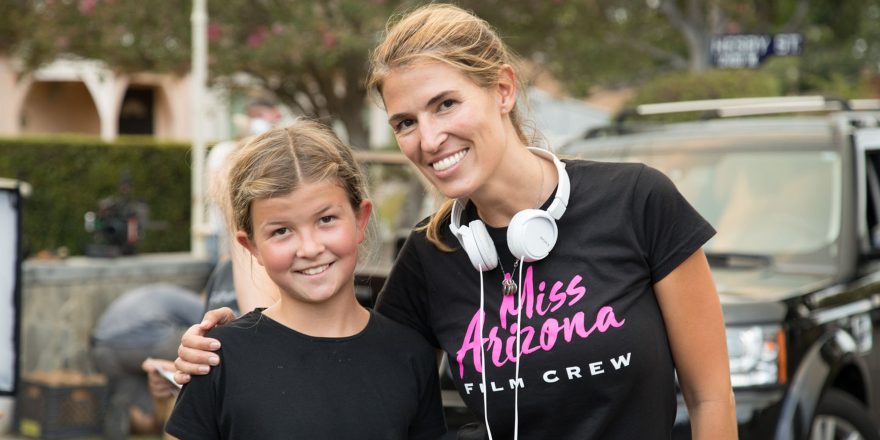I picked up the fake plastic rock sitting on the front porch and grabbed the key discreetly nestled inside. It was a routine to let myself into the Hess household as I waited for my best friend, Missy.
Their house was just behind our high school in Elk Grove, a suburb south of Sacramento, California. All was quiet, save for their big golden retriever, Shane, who came over to say hello. I felt his heavy, stinky breath on my hand as I dug through the cupboards and allowed myself a snack. As I slipped into a seat at the kitchen table, Lloyd, Missy’s dad, walked in, unfazed by my presence, and said, “Hey Beth. What’s shakin’?” “Hey, Dad,” I replied. He nodded and continued out to the garage.
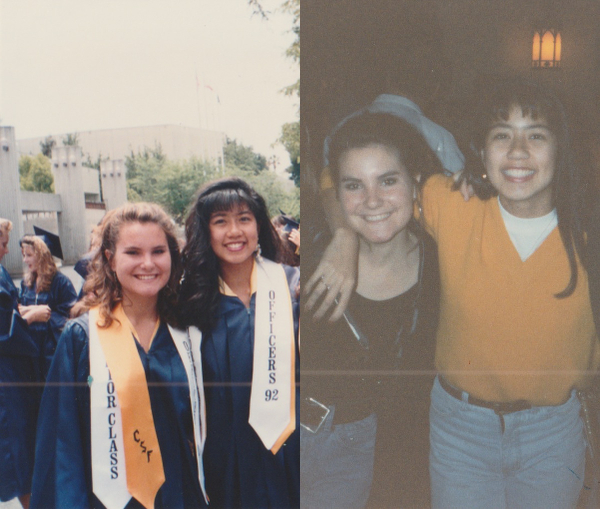
And that’s how it was in the Hess household. I was a fixture there, eventually dubbed the fourth Hess sister. Linda and Lloyd, Missy’s parents, would keep their doors open to all the close friends of their four children: Aaron, Missy, Heidi and Becky. But I was special, somehow. I called them Mom and Dad, not to take anything away from my own wonderful parents, but because they took care of me like their own. There was an air of openness that was in stark contrast to the strict rigidity of my Filipino family. I had a freedom there that I didn’t quite have anywhere else, where I could truly be myself.
I’ve stayed close with the Hess family my whole life. Linda and Lloyd drove me down to college, where Missy and I would be roommates freshman and sophomore year at UC San Diego. Linda and Lloyd took us to Price Club and picked up granola bars, booze and all of the toiletries we could fit in our cozy dorm. They came to my wedding in New York, where I moved after college. I, of course, was invited to all of the Hess children’s weddings, sitting with the family at their table, and none of us thought twice about it.
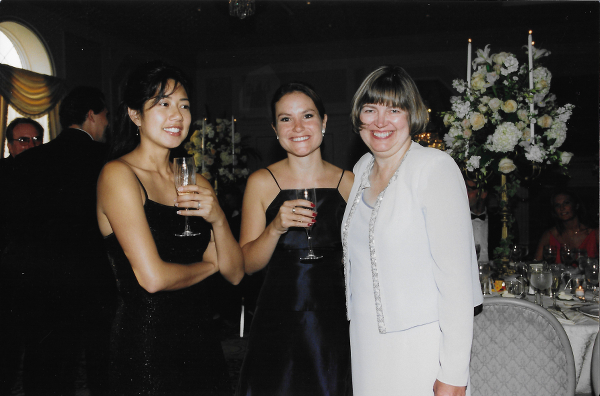
In early 2016, I started filming a documentary about four women who are gestational surrogates in Boise, Idaho, the unofficial surrogacy capital of the United States. Linda and Lloyd had moved to Boise nearly a decade earlier, with Missy following shortly after she finished her nursing degree. Missy was, in fact, the one who introduced me to the surrogacy community there, serendipitously leading me to my next film and bringing me back in close contact with her parents. I didn’t yet have funding for Made in Boise, but, as if I were still that 13-year-old kid, Linda and Lloyd handed me a key to their house and allowed me to be a fixture in their lives once again. Lloyd said, “Please stay with us whenever you come to film.” And I did – off and on for almost a year and a half.
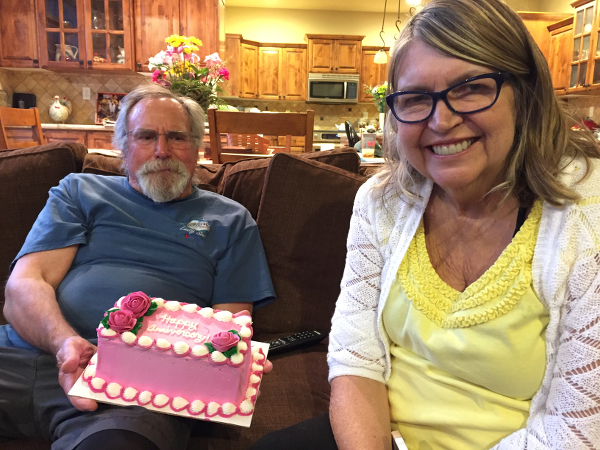
Linda had been diagnosed with multiple myeloma in 2012 and at that point the cancer had already gotten into her bones. The doctors gave her four years to live. So my trips to Boise to shoot my exciting new project also became a precious opportunity to spend time with Linda in what we all knew were her last days. Together on her big couch, we went through Linda’s family history books and photo albums. Linda and Lloyd were by now longtime empty-nesters, with their adult children living far away from them and all over the country – from New York to Arizona, where Missy just had moved. It was meaningful to all of us when I started staying with them in Boise. With each shoot, I borrowed cameras from friends in Brooklyn, arrived in Boise in my Hertz rental, and let myself in at Linda and Lloyd’s. After long days filming (on those early shoots, totally on my own), Lloyd would cook me a delicious dinner of grilled steak and potatoes, and Linda would be watching PBS, waiting for me to come home to report back on my day. I would describe the surrogates I met and the impressive staff at St. Luke’s hospital. Linda would tell me about the vibrant religious community in town and we would wonder together if there was a connection to surrogacy. (I remember Linda once quoting her LDS friend, “An unborn baby is a potential Mormon soul waiting to be.”)
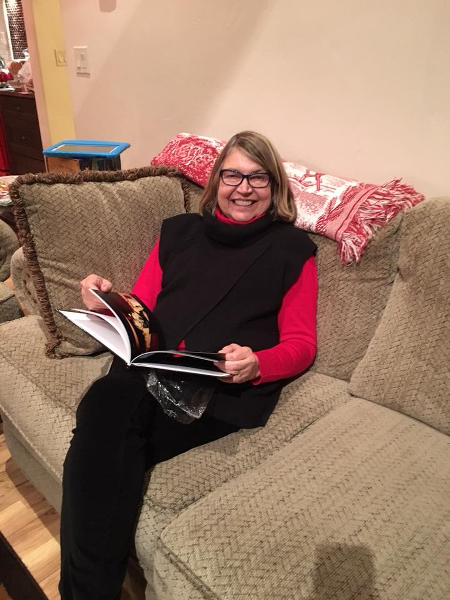
From its earliest days, Made in Boise took shape in Linda and Lloyd’s house. It wasn’t a coincidence that my documentary was about the new American family, as I shared story ideas with my own “surrogate parents” from my childhood. And it wasn’t lost on me that my film’s protagonists were some incredibly strong women — something Linda took an interest in, too. Linda was a force in the Hess family and in the workplace. She was a lawyer-turned-teacher-turned-special education badass and she was an incredible mother. She was generous and nurturing and accepted people without judgment or criticism. I realize now that her impact on my film was profound. Being with Linda and Lloyd and sharing those long meals together gave my film a personality that reflected in many ways who Linda was.
On July 11, 2017, now 16 months into filming, Missy called me from hospice so that I could say goodbye to her mom. As we FaceTimed, Linda smiled at me and we both knew we would never see each other again. My eyes welled with tears and I could barely make out her face as we talked. I remember my youngest son, Noel, hugging me by my side as I cried to her. I had another trip booked for Boise in a couple of week’s time, but Linda passed away two days later.
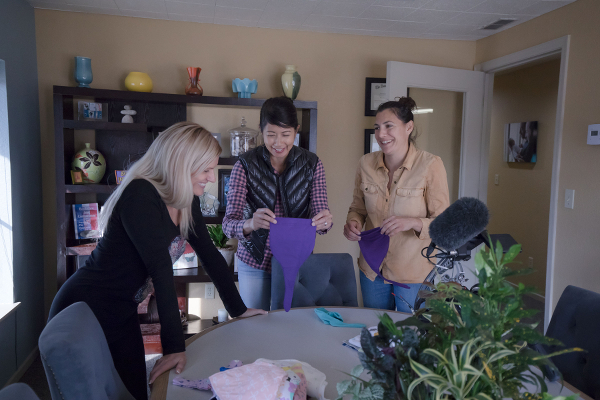
When I arrived in Boise later that month, Lloyd said I could stay at the house one last time. He had sold it immediately, as it was too full of painful memories. I walked in with the living room furniture mostly gone, tarps up and some of the walls freshly painted. I noticed in the kitchen, strewn on the corkboard, was a collage of photos, including one of my family from Christmas, ready to be packed away. My room upstairs was still intact. I slept terribly and just wanted to leave for some random hotel room and cry alone, now that Linda (and Lloyd) were gone. Lloyd had moved permanently to McCall, Idaho, a couple hours away, where they had a second home. They’d spent most of their time there in recent years. Being up in the mountains, they found solace and it perhaps extended Linda’s life longer than the doctors predicted. I learned later that the only reason Lloyd and Linda ever came down to Boise was when Linda needed treatment, and when I was in town filming.
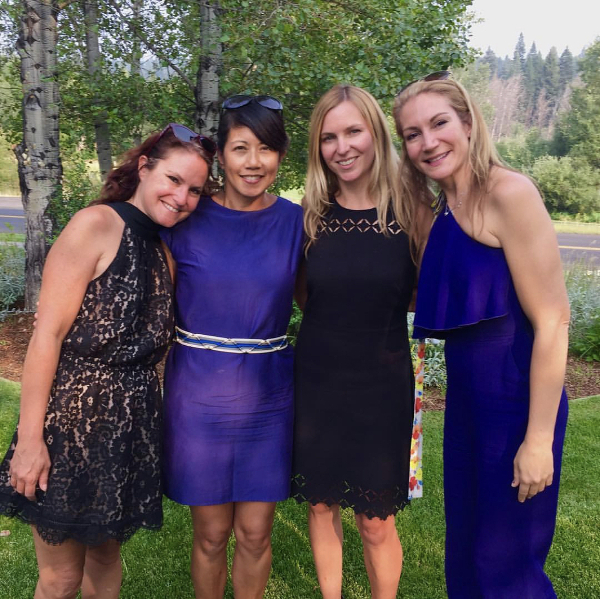
With Made in Boise now finished, I have been on the festival circuit for the past few months, watching it over and over again. Themes of love, loss and parenting are all over it. My subjects in the film illustrate that the most unexpected relationships can shape your family and who you are. Looking back, I see that Made in Boise is in some ways a celebration of my relationship with Linda, a special instance when the lines between documentary filmmaking and life became beautifully blurred.


